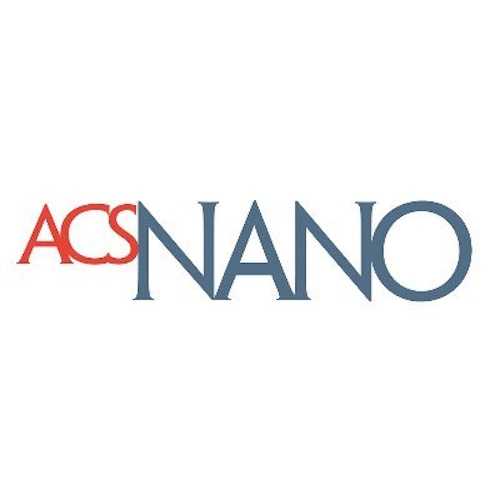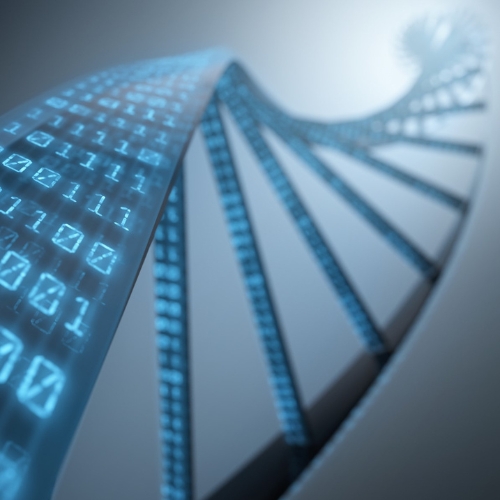Key points from article :
Artificial cells have been engineered to mimic the natural characteristics of biological cells.
A fundamental feature of biological cells is compartmentalization, which changes in response to environmental stimuli.
A method of mimicking the dynamic features of natural sub-compartments in artificial cells was developed.
A "bottom-up assembly" approach was used to develop artificial cells, which can respond to chemical stimuli in their environment by changing their internal organization.
These structural rearrangements can be reversible and do not require complex biological machinery.
Lead author Greta Zubaite said "if a target of interest, for example, a tumor, has a microenvironment that is different to that of healthy cells, the artificial cells could use it as a cue to release drug-loaded sub-compartments."
The study was conducted at Imperial College London and published in ACS Nano.





